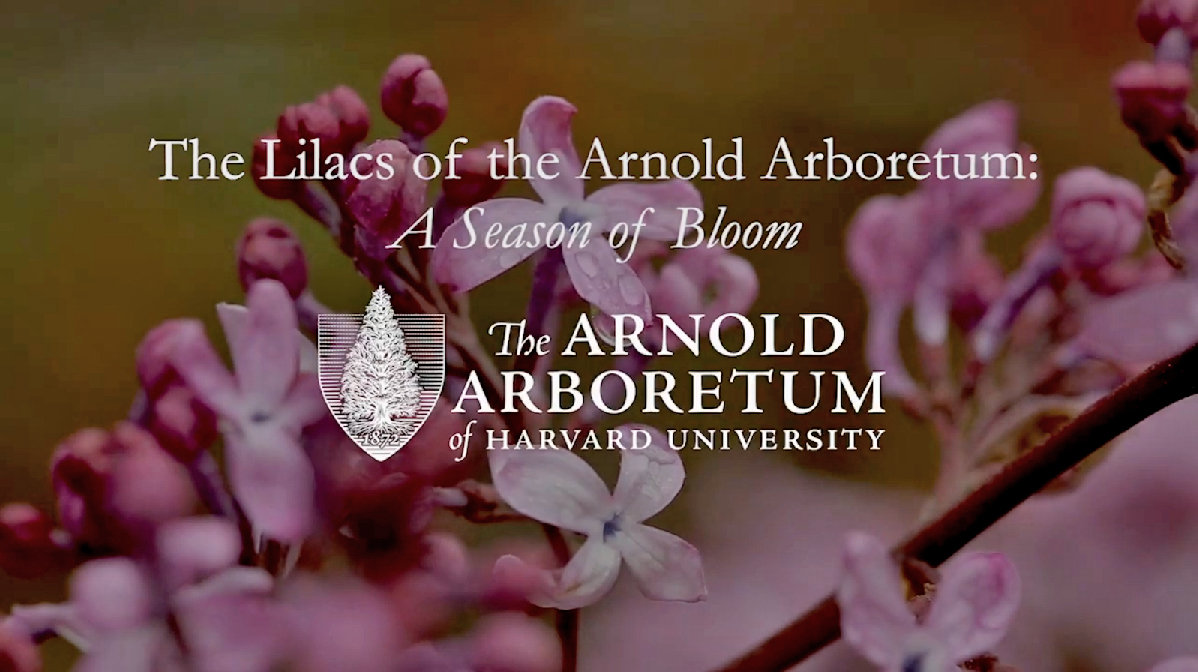
‘Lilac Sunday’ Rouen Lilac
Syringa × chinensis ‘Lilac Sunday’

- Accession Number
- The alpha-numeric value assigned to a plant when it is added to the living collection as a way of identifying it.
- Accession Date
- The year the plant’s accession number was assigned.
- Common Name
- The non-scientific name for the plant.
- Scientific Name
- The scientific name describes the species of an organism. The first word is the plant's scientific genus and the second is the specific epithet. This two-word binomial is sometimes followed by other taxonomic descriptors, including subspecies (denoted by "ssp."), variety (denoted by "var."), form (denoted by "f." or "forma"), and cultivar (denoted by single quotation marks).
- Plant Family
- The family to which the plant belongs.
- Propagation Material
- The first part (material code) describes the material used to create the plant. The most common codes are "SD" (seed), "EX" (existing plant), "PT" (plant), "CT" (cutting), "SC" (scion), "SG" (seedling), and "GR" (graft). The second part describes the lineage the plant is derived from. The last part describes the year of propagation.
- Collection Data
- The first part indicates provenance (place or source of origin) using a letter code ("W" = wild, "G" = garden, "Z" = indirect wild, "U" = uncertain). The second part lists the plant source. For wild-collected material, the collector, collection number, and country are given.
- Location
- The location of the plant on the landscape.
CHINESE BOT. ACAD.
BEIJING
This plant is the original ‘Lilac Sunday’—a garden favorite introduced by the Arnold Arboretum in 1997.
In 1997, the Arnold Arboretum’s plant propagator John (“Jack”) Alexander III officially introduced a new lilac cultivar Cultivar: A plant variety selected and propagated for its desirable characteristics. known as Syringa × chinensis ‘Lilac Sunday’. Alexander had cultivated the plant from seed he requested for the Arboretum in 1978. The seeds arrived the following spring and germinated Germination: The process by which an organism grows from a seed or spore. that fall. Alexander monitored the seedlings over the coming years. He recognized that one plant was outperforming the others. It had a delicate form, and its flowers were uniquely showstopping: while the common lilac (S. vulgaris) produces flower clusters at the tips of its branches, this one bore small clusters along the length of the stem. As a result, the flowers appeared to form a single cluster measuring more than two feet long.
Alexander planted this lilac—then unnamed—in a prominent location near the Arboretum’s greenhouse and nursery. It became a springtime favorite of Arboretum staff. In 1996, horticulturists moved the plant into the main lilac collection. “I was not alone in falling victim to the charms,” Alexander wrote in an Arnoldia article the following year. “Some of my colleagues even came looking for it [at the greenhouse] after it had been relocated.”
The light purple flowers of ‘Lilac Sunday’ are produced in the spring, around the same time as earlier-blooming selections of the common lilac. Given the volume of flowers, the slender stems are often weighted at the tips, creating an arching cascade of blossoms. This fragrant show often coincides with the plant’s namesake: the Arboretum’s longstanding lilac festival—Lilac Sunday—which is held on Mother’s Day each year. The delicate branching structure of this plant makes it an attractive and distinctive selection at any time of the year.
The story of ‘Lilac Sunday’ is about more than a fortunate horticultural discovery. Alexander had requested the original seed from a list provided by the Chinese Botanical Academy in Beijing. The timing of this exchange was significant. When the People’s Republic of China was established under the leadership of Mao Zedong in 1949, the United States backed the overthrown Nationalist government. This political opposition led to an almost complete end to collaboration between scientists living in the two countries. Then, in 1976, China’s Cultural Revolution ended, and researchers began to forge new relationships. The Arboretum would welcome a delegation of Chinese researchers for a visit in 1979, two months after the lilac seed had arrived, and the following year the Arboretum’s taxonomist, Stephen Spongberg, was among a group of Chinese and American botanist who conducted three months of fieldwork in Hubei Province, China. In this sense, ‘Lilac Sunday’ is a living testament to those new and now ongoing relationships.
Hybrid
Viewing this plant in-person? Look for these defining characteristics:
About Our Collection
Fun Facts
Stats
- Living Specimens
- Specimens Dead or Removed
- First Addition
- Most Recent Addition
- Tallest Specimen



Living Specimens
| Plant ID | Accession Date | Received As | Origin | Source |
|---|---|---|---|---|







